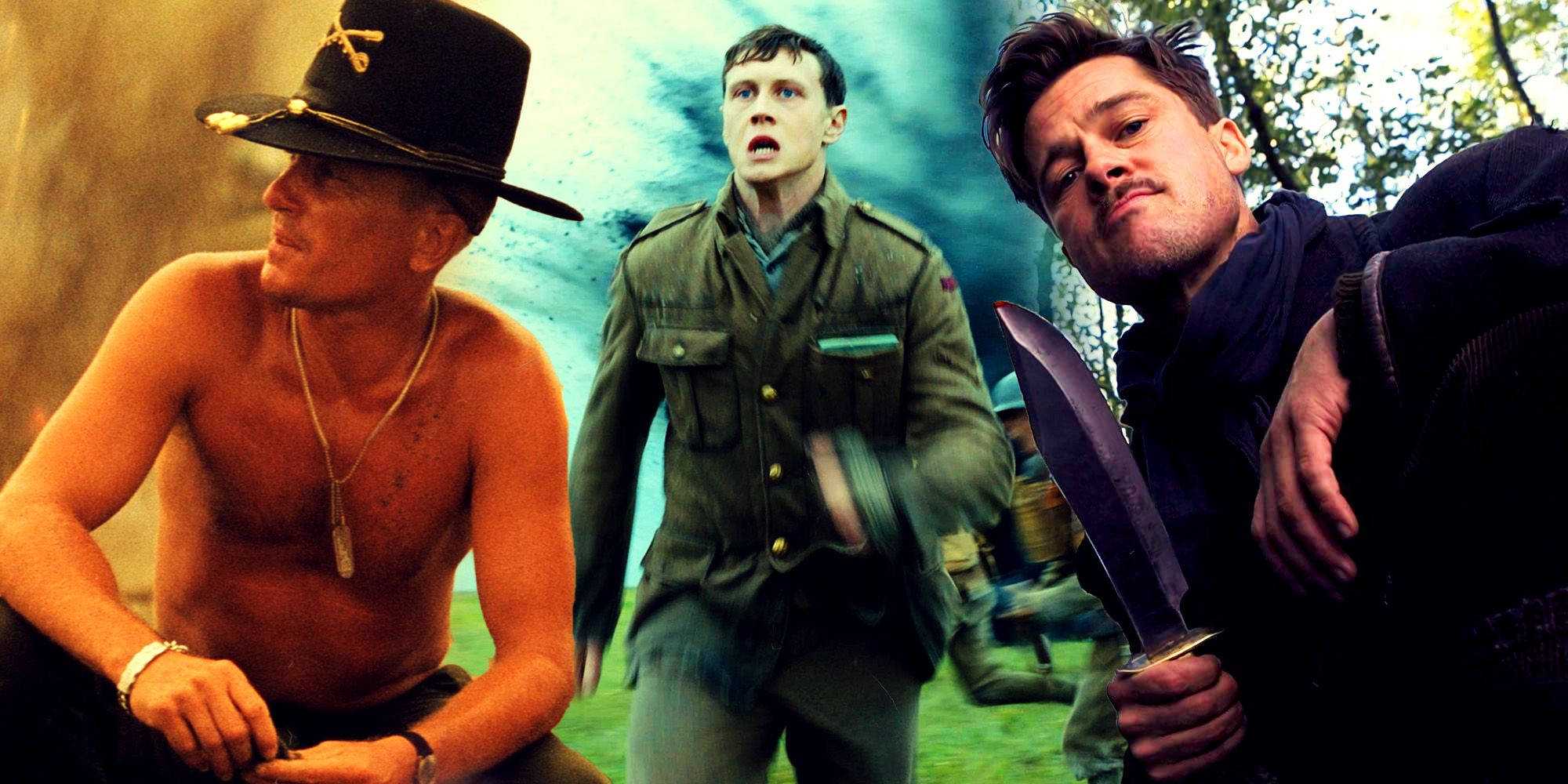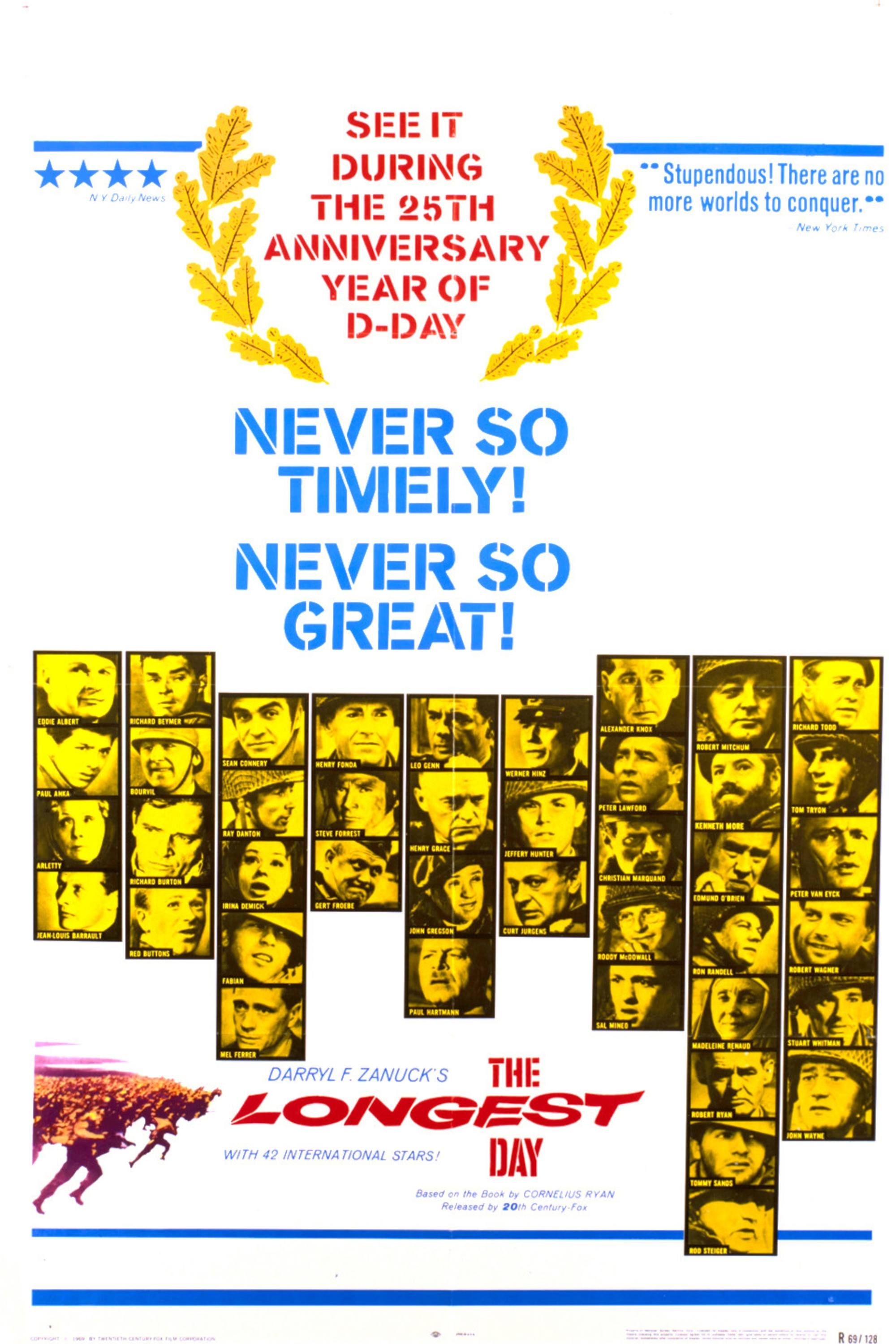John Wayne’s 62-Year-Old Oscar-Nominated War Movie Assessed By Historian
Summary
-
The Longest Day
accurately showcases the collaboration required on D-Day, highlighting different tasks and roles during the invasion. - The movie features real-life figures and accurately portrays the complexities of communication and planning on D-Day.
- Historian Dan Snow’s assessment of
The Longest Day
emphasizes the importance of accurate historical representation in war movies.
John Wayne’s 1962 war movie The Longest Day is assessed by historian Dan Snow. Following Allied and German forces, The Longest Day portrays real-life figures who invaded and fought on the beaches of Normandy during World War II. Praised for its depiction of D-Day, the Oscar-nominated movie is often considered among the most realistic in that category. Along with Wayne, who portrayed Benjamin H. Vandervoort, the cast includes Sean Connery, Henry Fonda, Robert Mitchum, Eddie Albert, Richard Burton, Rod Steiger, and more.
In a recent video for History Hit, Snow looked at scenes from The Longest Day, including when Allied soldiers used gliders to land in Normandy, which he described as “one of the most famous, one of the most celebrated actions on D-Day.” Check out the video:
Snow discussed the background and accuracy of these sequences, as well as the combined effort that went into various military operations. Read Snow’s comments on The Longest Day below:
For me, the big lesson from The Longest Day is that filmmakers want to emphasize the collaboration that was required on D-Day. Now bear in mind, this movie is made less than 20 years after D-Day takes place. That is less time than between us and 9/11. So, there would have been people in the audience, there would have been people involved in the production process who knew a lot about D-Day, who experienced D-Day, and as a result, they wanted to emphasize that this was a job in which lots and lots of different people, doing lots of different tasks, work together and overcame the massive, massive challenge of landing in Northwest Europe. You see paratroopers, you see planners, you see infantrymen, you see people in communications, you see people storming the beaches, and it’s all of those small little pictures that combined give us the giant, dramatic image of what happened on D-Day.

Related
25 Best War Movies Of All Time
They say all is fair in love and war, and cinema has taken great liberties with the latter. However, it’s also been impressively creative.
How Accurate Is The Longest Day?
The Longest Day Gets Many Details Right
The Longest Day was adapted from Cornelius Ryan’s book, a piece of non-fiction that recounts D-Day from varying perspectives. Snow explained how the film accurately presented the forethought of Allied troops, who used paradummies to misguide the Germans before invading Normandy. When discussing the messenger pigeons, he stated, “It is a really important reminder of how difficult it was to communicate on D-Day,” adding that military forces could have employed radios and lights too.
The movie navigates several events leading up to and surrounding D-Day and, as Snow mentioned, it features English, French, and German dialogue. The Longest Day is one of Wayne’s better-known war movies, and the character of Vandervoort was a real Lieutenant Colonel who was part of the 505th Parachute Infantry Regiment. Because other actors, including Fonda and Albert, were enlisted in the United States military during the events of World War II, they likely had some experience to draw on while playing the real-life individuals as well.
The Longest Day
had three directors: Ken Annakin, Andrew Marton, and Bernhard Wicki.
It is interesting to learn about the accuracy of The Longest Day and how the depiction of Normandy’s invasion was received by Snow, an actual historian. Details could have been added, and some parts may have been changed for the screen (which is not uncommon for productions based on real or historical events), but it seems that Wayne’s 62-year-old war movie largely reflects what occurred during D-Day.
Source: History Hit





